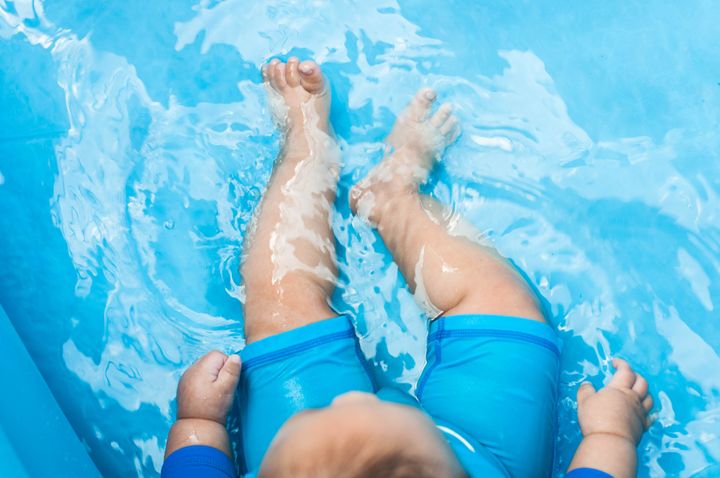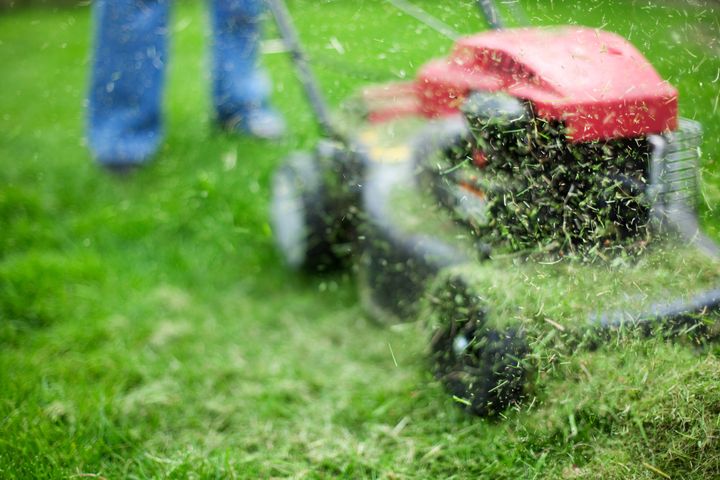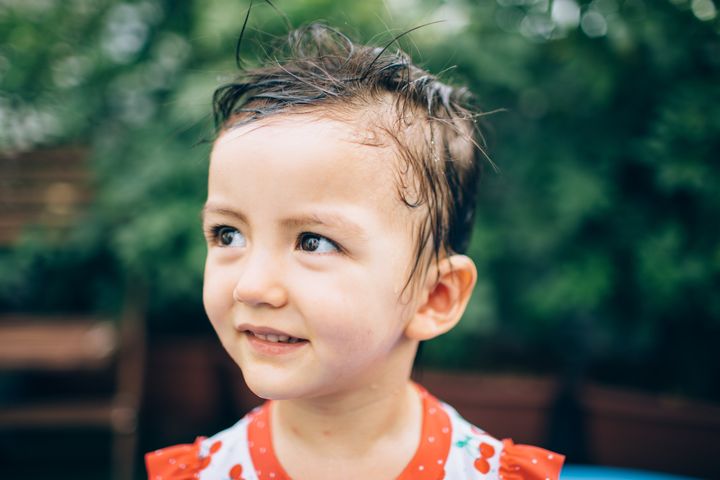Summer is hopefully a season for kids to spend lots of time playing outside, enjoying pools, parks, beaches, trails and other outdoor spaces.
When engaging in outdoor fun, especially with little ones, accidents and injuries are bound to happen occasionally. Many of these incidents are minor — thank goodness — but some can be quite serious.
We asked emergency room doctors which summertime activities they wouldn’t want their own kids participating in. Below, they share their recommendations and offer tips on what caregivers can do to help keep their families safe and prevent hospital visits ― and what they should never let kids do in summer, or any other time of year.
1. Swim or be near water without careful supervision.
Drowning is the leading cause of death for kids ages 1 to 4 and the second leading cause of accidental death for kids ages 5 to 14, according to the Centers for Disease Control and Prevention. Even when a drowning incident is non-fatal, it can still lead to serious health consequences such as brain damage or permanent disability. So it makes sense that ER doctors are especially vigilant when it comes to kids and water safety.
“I’ll never let my kids go to pools or any body of water alone,” Dr. Nkeiru Orajiaka, an emergency medicine peadiatrician in Columbus, Ohio, told HuffPost. “Drowning can happen within seconds, and kids should never swim alone, because they can drown. There should always be a designated water watcher whenever kids are around any body of water. Home pools should always have fences.”
If there are multiple adults present, it’s a good idea to change water watchers — i.e. the person giving their undivided attention to the swimmers — every 15 minutes or so. The National Drowning Prevention Alliance recommends that non-swimmers and inexperienced swimmers wear life jackets “when other layers of protection are limited” — like when the location is crowded and/or there could be a lapse in supervision. Kids under 5 should be wearing life jackets (water wings and other inflatables don’t count as safety devices) unless they’re within arm’s reach of an adult at all times.

Wave pools, like those seen at water parks, are popular among older kids and teens, but can be risky because they tend to be chaotic.
“There’s a lot of movement with the waves, and it is easy for a child to get lost and drown in it,” Orajiaka explained. “Movements in these pools may be missed as a child having fun and not able to easily detect one who is in danger. No child should go into the wave pool alone, regardless of how old. And kids should not play in a wave pool when there is no lifeguard.”
2. Ride a bike without a helmet.
Former emergency medicine physician Jessica Singh, founder and CEO of Sukhayu Wellness, pointed to a 2018 study that found that an estimated 2.2 million children between the ages of 5 and 17 were treated in U.S. emergency departments for bicycle-related injuries between 2006 and 2015. That’s an average of more than 600 injuries per day.
“Of these, head injuries are the most deadly, accounting for approximately 60% of fatalities associated with bicycle crashes in children,” she told HuffPost.
Injuries can occur from falling off a bike, attempting a trick or being hit by a motor vehicle, Singh said. Given the high incidence of bike-related injuries, wearing a helmet — and wearing it correctly — is essential for children and adults alike.
“Research has shown that helmets reduce the risk of head, brain and facial injuries, including those involving motor vehicles, for bicyclists of all ages,” Singh said.
If all bikers wore helmets, it is believed that approximately 60% of all serious head injuries among unhelmeted cyclists would be prevented.
The helmet must fit properly in order for it to protect your child. According to the CDC, that means it should “fit snugly all around” (meaning no space between the foam and the kid’s head); the bottom of the pad inside the front of the helmet should be one to two finger-widths above their eyebrows; the back of the helmet should not be touching the top of their neck; and the chin strap should be tight enough that there’s not more than a finger-width or two of space between the chin and the strap.
“Once the chin strap is fastened, the helmet should not move in any direction, back-to-front or side-to-side,” the CDC says.
3. Use, ride or play near a lawn mower.
Each year, 10,000 kids are injured by lawn mowers, and mower-related injuries are the most common cause of major limb loss in American kids under the age of 10, according to the University of Iowa’s Injury Prevention Research Center.
Children should not ride on a lawn mower, even with an adult, nor should they play outside while an adult is operating a mower. In fact, a 2023 study from the university found that the most serious mower-related injuries in kids happened when children were bystanders in close proximity to the machinery (e.g. the driver was reversing the lawn mower and didn’t know the child was behind it).

It’s also possible for rocks, sticks and other debris to hit the mower’s blades and be propelled into the air, which can lead to eye or other facial injuries, Orajiaka noted.
Per the American Academy of Paediatrics, kids can use a walk-behind mower beginning at age 12 and operate a ride-on mower at age 16 “if they show good judgment, maturity, strength and coordination.”
Younger kids should avoid them altogether.
4. Play outside when it’s really, really hot.
Heat records are being shattered again and again across the globe. So it’s more important than ever to be aware of the dangers of excessive heat exposure, Singh said.
Prolonged exposure to high temperatures and humidity without relief and proper hydration can cause your body temperature to rise, and can lead to heat-related illness.
“Children, especially young children, are less able to thermoregulate and have less heat tolerance than adults,” Singh said. “There are numerous reasons for this, including the fact that their physiological systems are developing, they have less blood volume reserves, and diminished sweat capacity.”
That’s why kids are at higher risk of heat-related illnesses like heat rash, heat cramps, heat exhaustion and heatstroke.

“Heatstroke is the most deadly heat-related illness,” Singh explained. “The body can no longer regulate itself and its temperature rises within minutes, resulting in permanent disability or death without emergency treatment.”
Take precautions to keep your family safe in high heat, Singh advised.
“Check the weather and avoid outdoor activities in temperature extremes, go outdoors in the coolness of morning or dusk, stay hydrated, practice sun safety (e.g. avoid direct sun exposure and wear hats, sunglasses, and protective clothing), and wear loose, light-coloured clothing,” she said.
5. Ride an ATV.
Riding all-terrain vehicles, or ATVs, is a popular but high-risk outdoor activity among kids and teens. It has been called “a serious threat to the health and well-being” of young people, according to a policy statement from the AAP.
“ATVs appear very fun and are very sought-after during the summer, but riding involves high skill and fast thinking, which most kids do not have,” Orajiaka said.
That’s why the AAP says that kids under 16 should not use ATVs.
Injuries occur when children are thrown off the vehicles, get into crashes or roll over — and riding on public roadways (versus in fields or on trails) is particularly dangerous. Kids may fracture bones in the hips, arms or legs. And there’s a risk of significant head injuries, especially when the rider is not wearing a helmet: Think skull fractures, concussions or even brain bleeds, Orajiaka said.
“My kids will avoid ATVs,” she said. “And when they are older, I will highly recommend they wear a helmet.”
